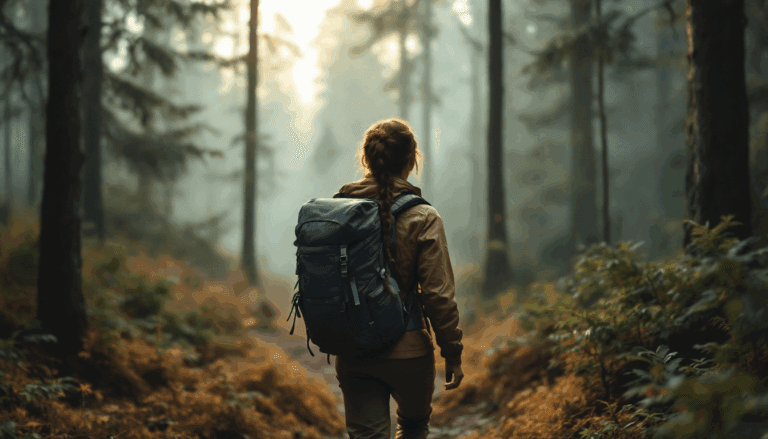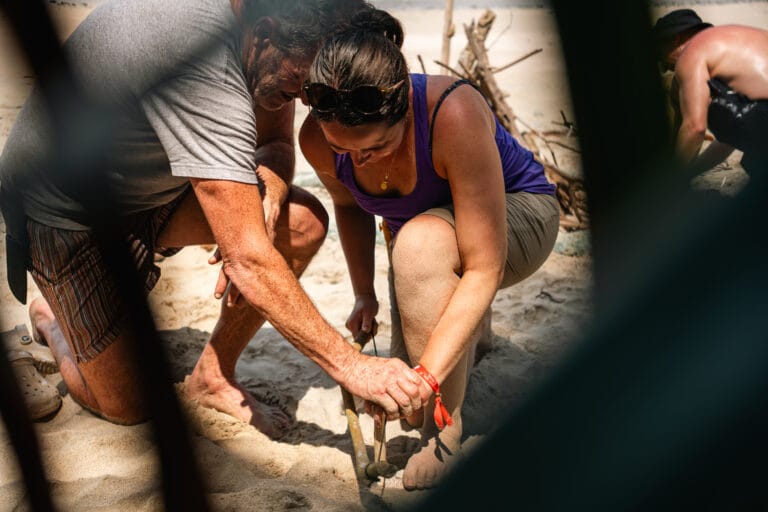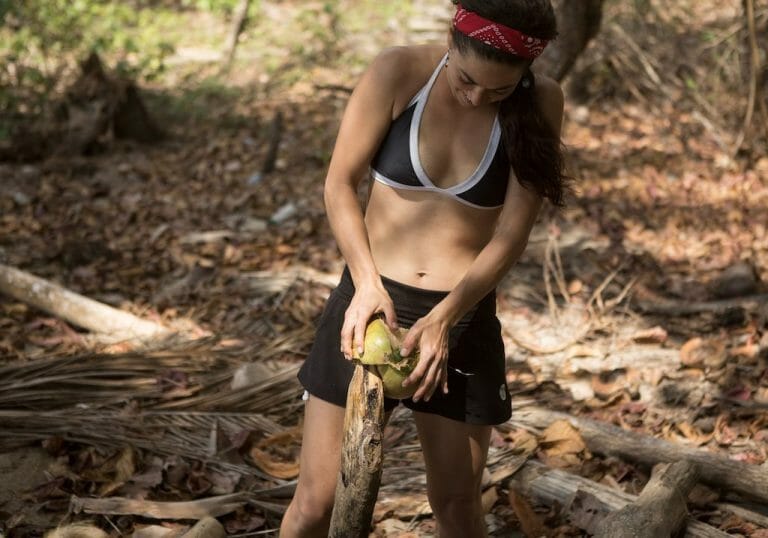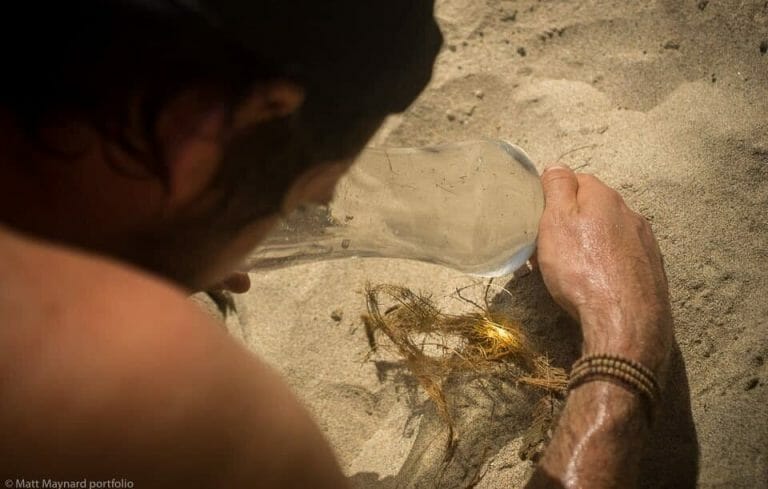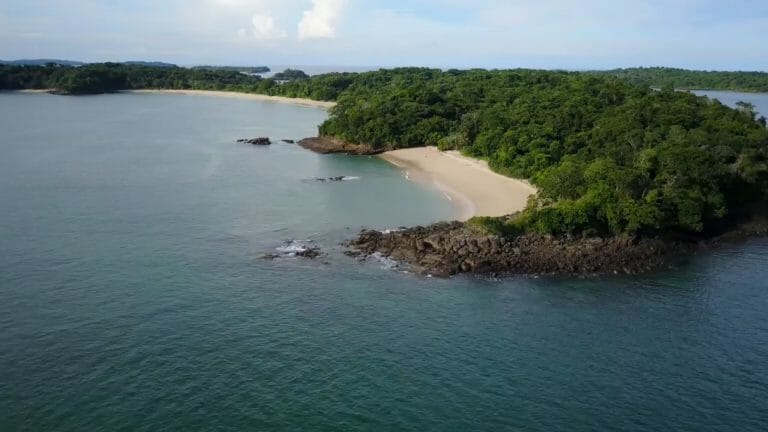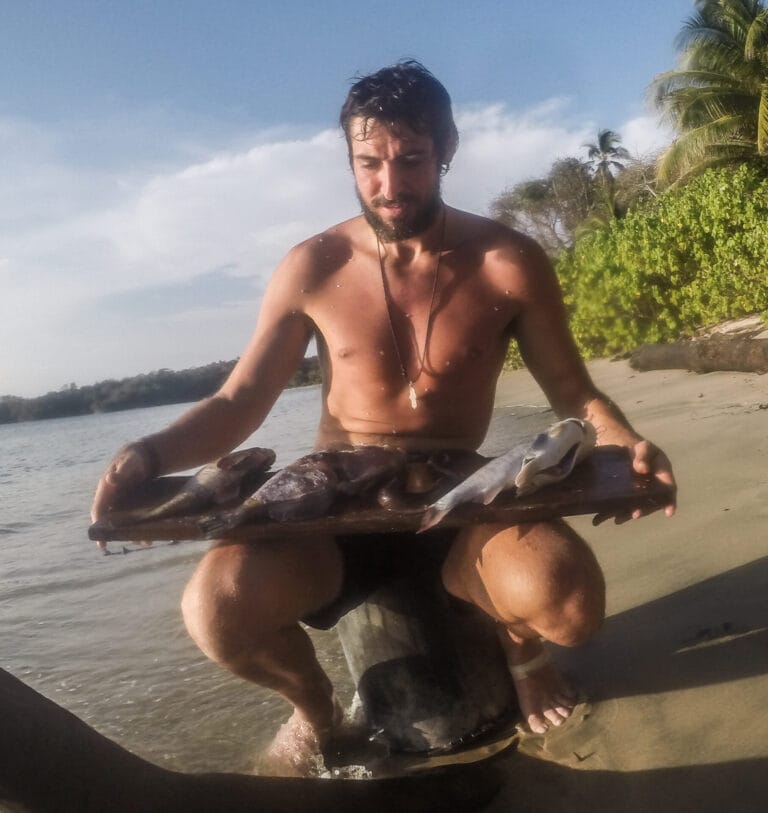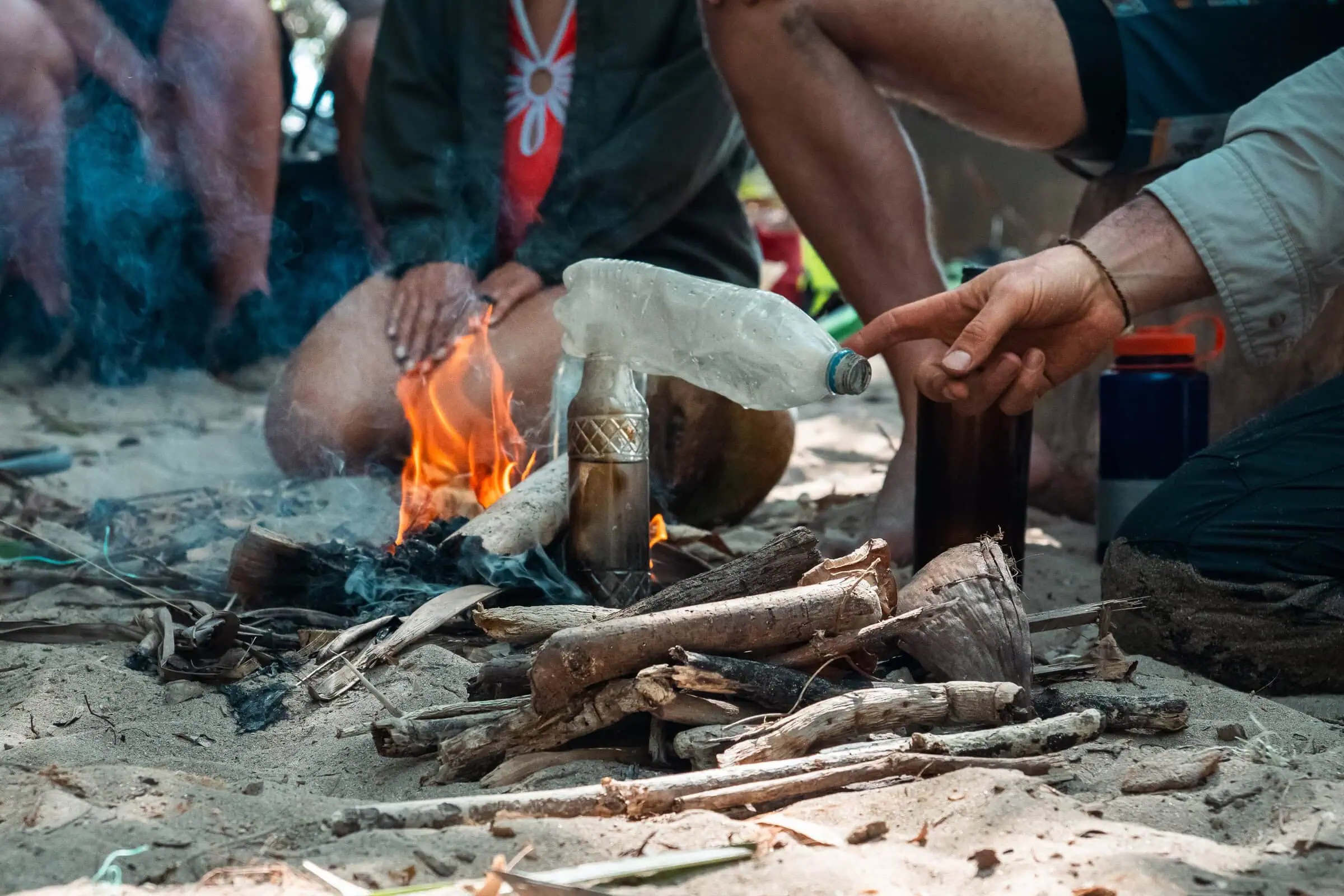
7 Bushcraft Skills That Change How You Travel
When a flip-flop strap snapped on the beach
I was bushwalking in the Kalahari Desert on our Okavango expedition last month when the strap on my flip-flop tore clean through. Huge acacia thorns lay everywhere, the sand was scorching, and there was no chance of picking up a new pair for hundreds of miles.
Frustration came first. Then the instinct to just go barefoot. But, I realised those same thorns could be my saviour. I cut one about 5 cm long, threaded it back through the thong, and spread it across the bottom of the sole. Five minutes later, I was walking again. Quite stylish, but (more importantly) functional. Enough to get me to camp where I could reinforce it further with wire.
In fact, that little repair lasted the rest of the week. More importantly, it highlighted something fundamental: problems are always there to be solved. There’s always a solution and it’s only your knowledge and ingenuity that hold us back from finding it.
That’s the essence of bushcraft. Not nostalgia. Not fantasy survival shows. It’s practical competence that transforms both how you travel and how your lense is shifted to fix small problems and also see the bushcraft all around us, from the rattan chair I am on, to the bamboo service holder in the middle of the table.
Here are seven bushcraft skills that shift you from consumer of solutions, to creator of them.
1. Cordage Making: When Everything Becomes Rope
The Technique: Strip fibrous bark from birch, willow, cedar, or any tree with strong, pullable fibres. If you don’t yet know how to make cordage, simply braid three strands together. If you do, twist one strand in one direction and the other in the opposite direction, then wrap them together. This reverse tension is what makes the rope hold. Primitive tensile-strength engineering at its finest.
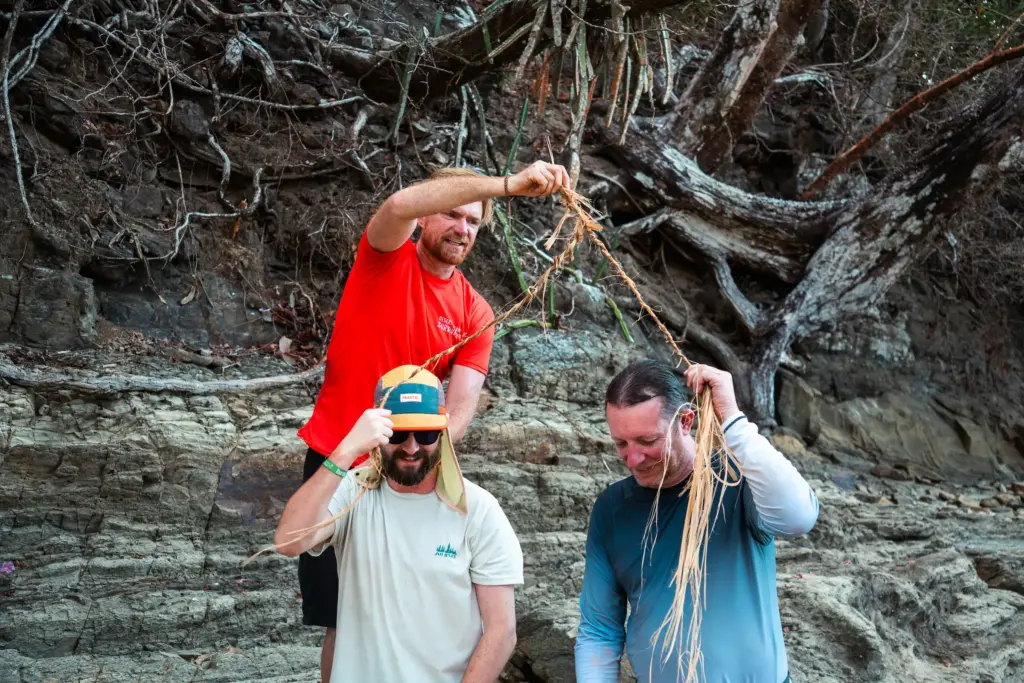
Where It Transforms Travel: From snapped tent guylines and shoelaces to broken straps and improvised clotheslines, cordage solves countless travel headaches.
The Psychology: Archaeologists have found twisted fibres dating back at least 40,000 years (Kvavadze et al., 2009), showing rope is one of humanity’s oldest technologies. Psychology research on self-efficacy (Bandura, 1997) shows that knowing you can improvise a fix lowers stress and builds problem-solving confidence.
Expedition Note: In Panama, one guest wove an entire hammock using cordager for his survival-phase.
2. Fire Without Matches: The Ultimate Confidence Builder
The Technique: Bow drill or hand drill friction fire: carve a dry softwood set, generate an ember through pressure and speed, transfer to tinder, and breathe life into flame. We really need to show you this one in person.
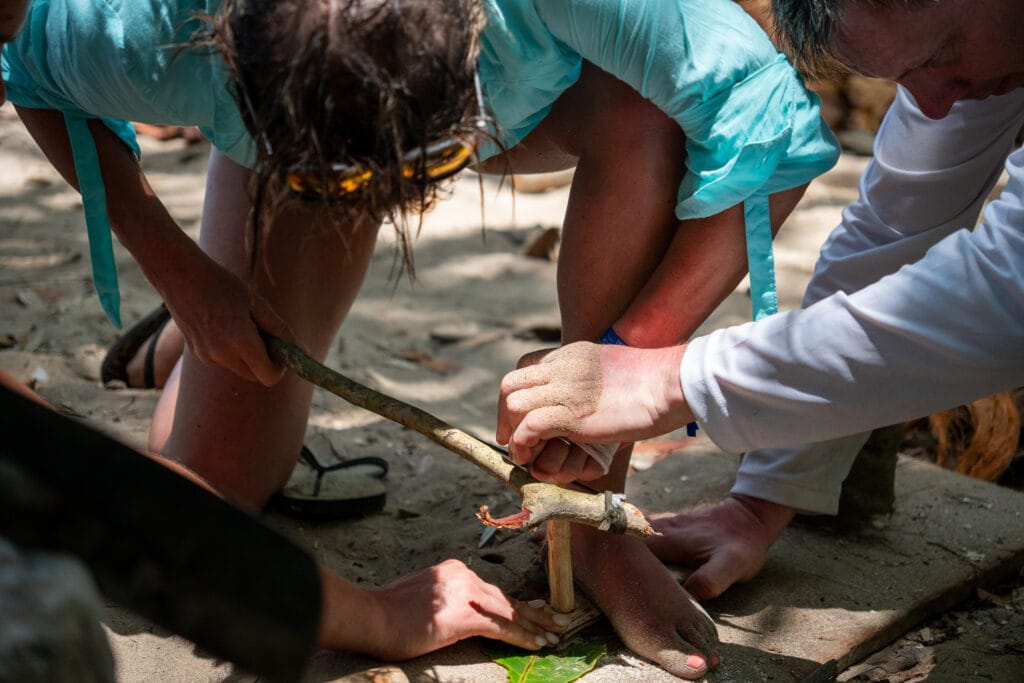
Where It Transforms Travel: Beyond campfires, fire-making means warmth when stoves fail, food when gas runs out, morale in the dark, and a signal when needed. But the real transformation comes from proving you can create fire with your own hands.
The Psychology: Fire is central to human evolution: it provided warmth, protection, cooking, and social bonding (Wrangham, 2009; Gowlett, 2016). Outdoor education studies show that successfully creating fire by friction boosts self-reported competence and morale (O’Brien, 2016).
Expedition Note: Friction fire day is often the highlight of many people’s expedition.
3. Plant Identification: Nature’s Pharmacy and Pantry
The Technique: Learn to reliably identify 10 edible or medicinal plants in your region. Start with obvious ones: nettles, dandelion, plantain, wild garlic, rose hips. Learn seasons, preparation, and safe harvesting.
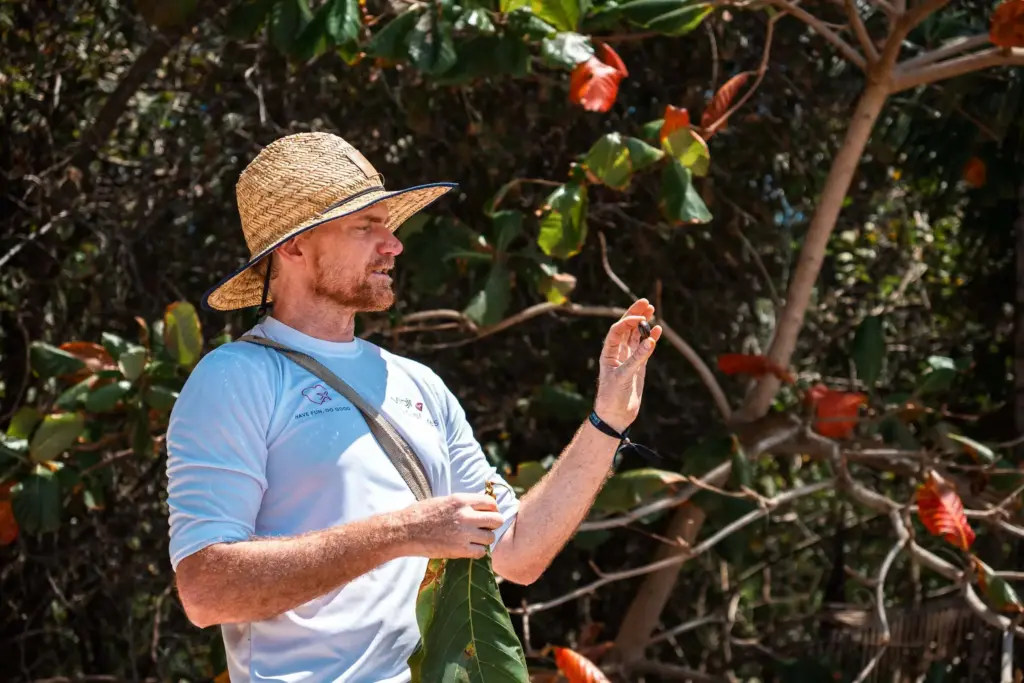
Where It Transforms Travel: Imagine walking through landscapes and Instead of just seeing a wall of green, learning the individual characters. Knowing you can snack, soothe a sting, or add nutrients to a meal.
The Psychology: Ethnobotanical studies document that traditional cultures maintain knowledge of hundreds of wild plants for food and medicine (Cotton, 1996). Modern foraging research shows that even a small repertoire — 10–15 species — increases dietary diversity and self-reliance (Łuczaj et al., 2012).
Expedition Note: On our Sweden expedition, guests often add wild garlic to evening stews. It doesn’t replace the rations, but it makes dinner taste like they earned it.
4. Water Location and Purification: The Foundation of Independence
The Technique: Read landscapes for water, using animal paths, green corridors, and topography leading to low points. Purify using boiling, charcoal filters, solar disinfection, or even certain plants.
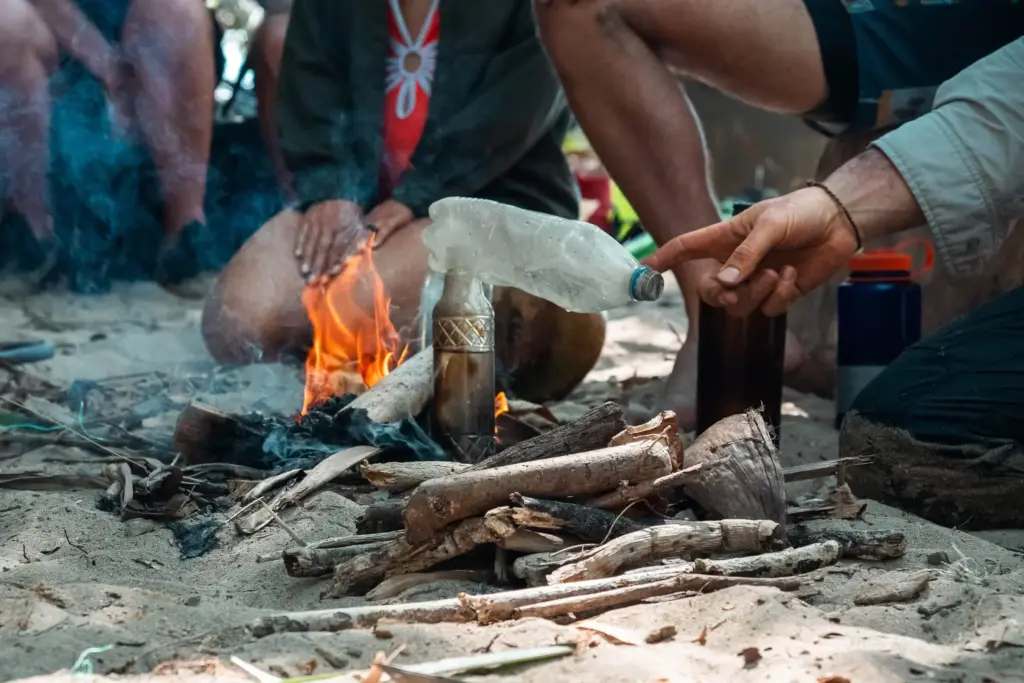
Where It Transforms Travel: In remote areas, safe water is often the difference between comfort and panic. Mastering purification reduces reliance on bottled water and makes remoteness more attractive.
The Psychology: Studies in survival psychology show that perceived control is the single biggest factor in lowering stress responses (Chorpita & Barlow, 1998). Because water is the most time-critical resource — days without it versus weeks without food — knowing you can source and purify it restores a sense of control. That shift reduces panic and anchors calm decision-making, even in uncertainty.
Expedition Note: On our island expeditions, guests often collect rainwater using tarps or improvised containers. What strikes people most is how long it takes to gather even a few litres. By the end, many say they’ll never take a running tap for granted again.
5. Shelter Building: Home Is What You Make
The Technique: Build debris huts from branches and leaves. Focus on drainage, insulation, wind direction, and heat retention.
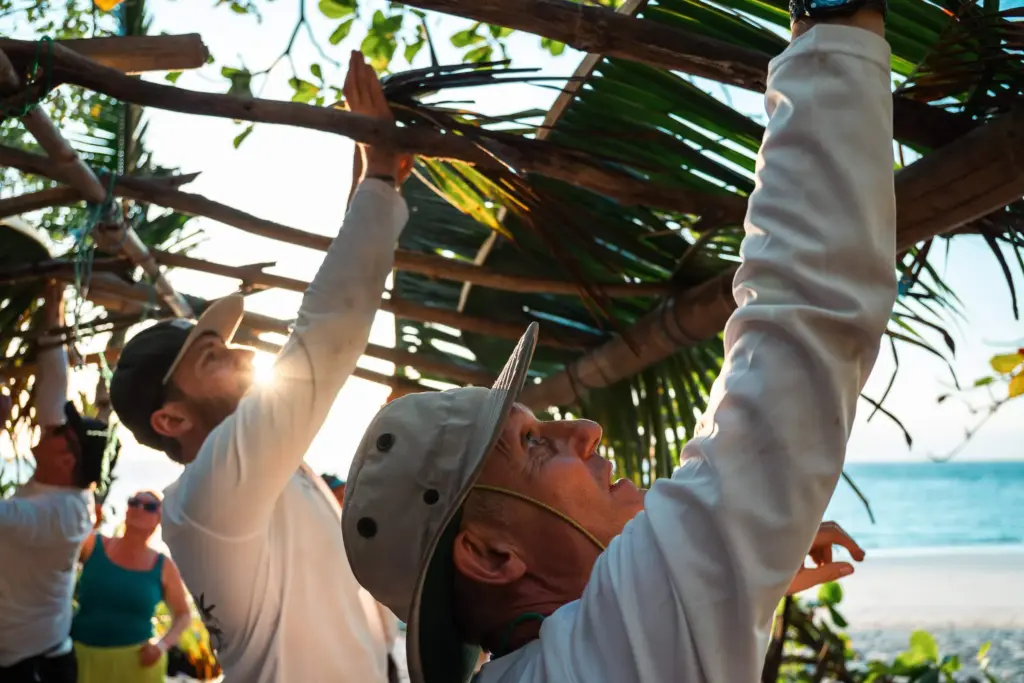
Where It Transforms Travel: Weather delays, broken tents, or crowded accommodation stop being crises. You know you can sleep almost anywhere.
The Psychology: Research on environmental psychology shows that housing insecurity increases stress and anxiety (Rollings & Evans, 2019, Annual Review of Public Health). In survival contexts, building a shelter gives a tangible sense of security — psychologists call this perceived control — which is strongly linked to lower stress responses.
Expedition Note: In Sweden, one guest proudly said her debris hut with moss bed earnt her a better night’s sleep than at home.
6. Weather Reading: Nature’s Original Forecast
The Technique: Learn to read the sky: cirrus clouds signalling change, low-pressure systems making animals restless, shifts in wind and humidity you can feel in your skin.
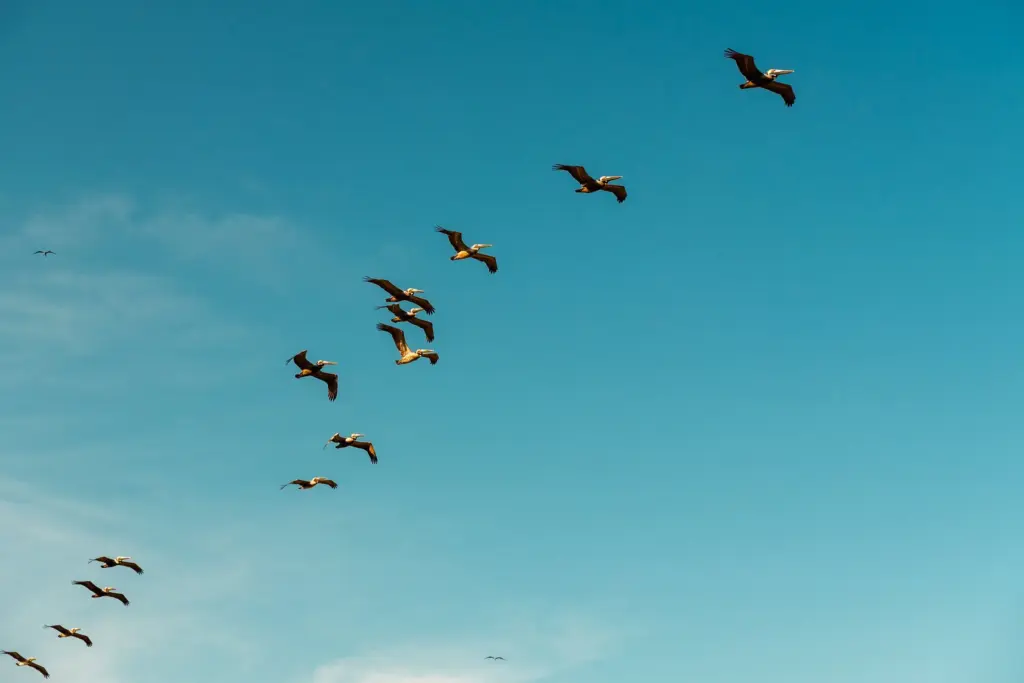
Where It Transforms Travel: You time hikes better, avoid dangerous storms, and plan activities without waiting on Wi-Fi.
The Psychology: Studies in cognitive science show that training attention to environmental cues sharpens sensory awareness and situational prediction (Gibson, 2014, The Ecological Approach to Perception). Research on interoception (Critchley & Garfinkel, 2017, Trends in Cognitive Sciences) highlights that people who practice body–environment attunement — like noticing subtle shifts in wind, pressure, or humidity on the skin — often report stronger internal awareness too.
Expedition Note: In Sweden, we spend time noticing the small signs of changing weather. The way wind shifts in the trees or how birds fall silent before rain. Guests often reflect that it’s the first time they’ve noticed the aperture of their own senses open up.
7. Knots and Lashings: The Universal Language of Security
The Technique: Learn five basic knots: bowline, clove hitch, fishermans, taut-line, plus lashings. Each solves a type of mechanical problem.
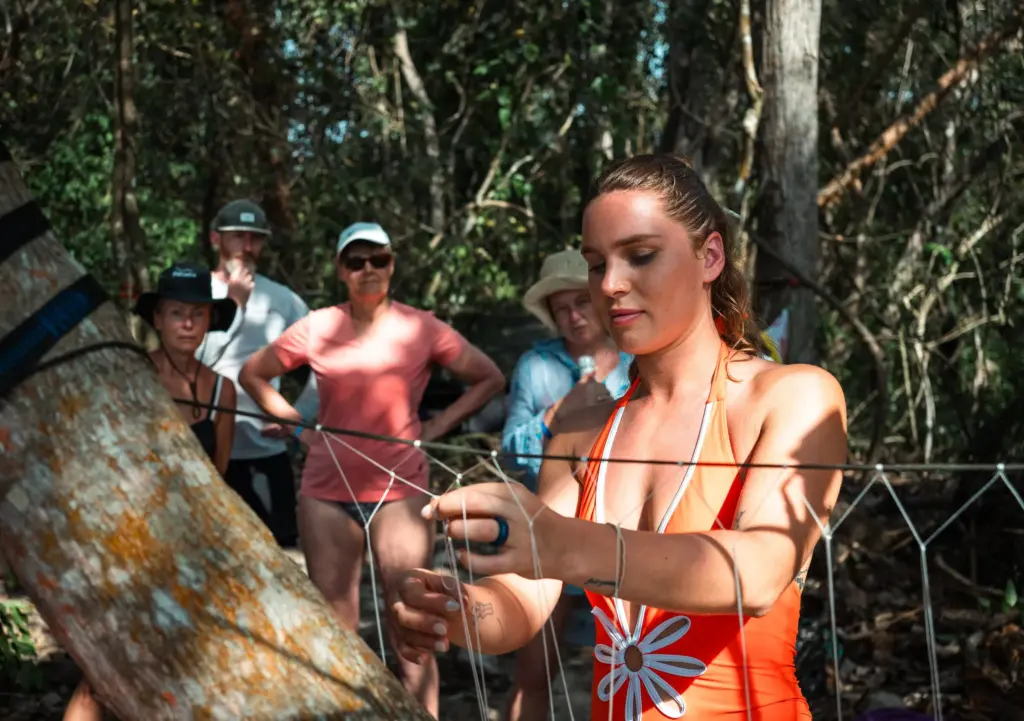
Where It Transforms Travel: Fix broken straps, secure loads, hang tarps, adjust tension. Rope and knots replace a whole bag of hardware-store gadgets.
The Psychology: Neuroscience research shows that manual skills involving spatial manipulation — from origami to surgical knot-tying — improve visuospatial working memory and problem-solving (Saalmann et al., 2012, Trends in Cognitive Sciences). Knot practice is essentially applied geometry: loops, tensions, and force vectors in your hands.
Expedition Note: On an island expedition, a hammock strap tore after days of use. A guest fixed it with a bowline, using rope they’d scavenged from the shoreline. It held for the rest of the week. A simple, practical repair that felt empowering.
The Deeper Transformation: From Consumer to Creator
Bushcraft isn’t about rejecting modern gear. It’s about shifting your lens and belief in your own abilities to seek solutions to problems.
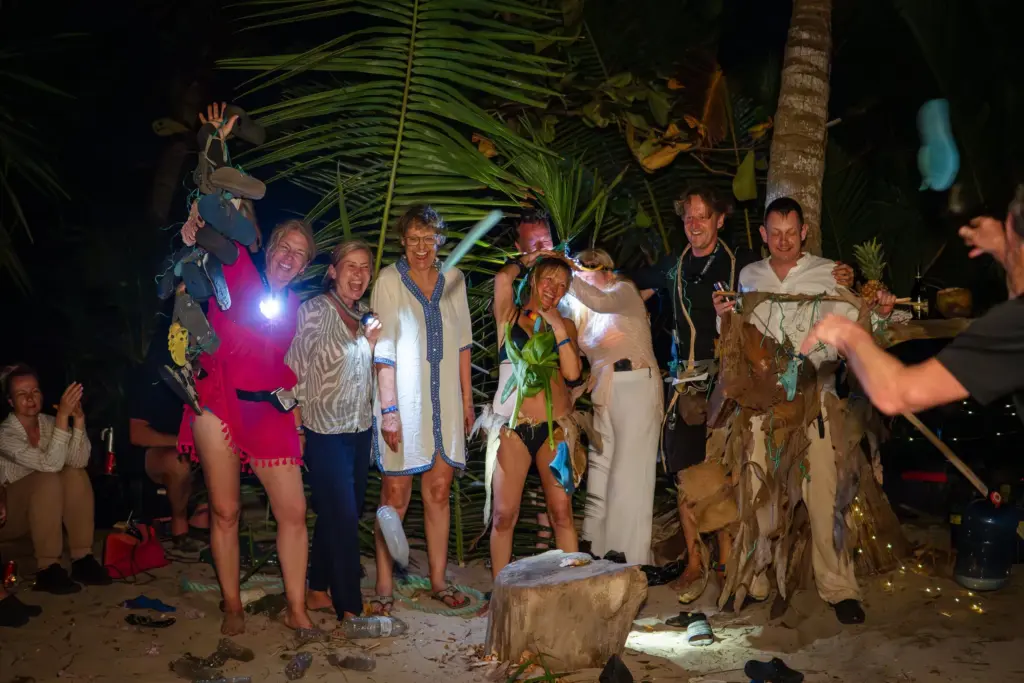
When you can find water, make fire, build shelter, and secure loads, the world feels less like a place where you might fail, and more like a landscape of solvable challenges.
That’s why on every expedition we follow the same rhythm: Learn → Survive → Celebrate. Guests learn core skills from world-class instructors. Then they test themselves in true wilderness. Finally, they return to share stories and to carry that quiet confidence into their lives back home.
These skills don’t just change how you travel. They change how you inhabit your own life. Because once you remember what your hands can create and your senses can detect, dependency feels less like safety and more like limitation.
Think you could survive? Take the quiz and find your perfect adventure.
Or dive straight in: explore our Philippines 2026 survival itinerary, tropical islands, wild skills, invisible safety.


